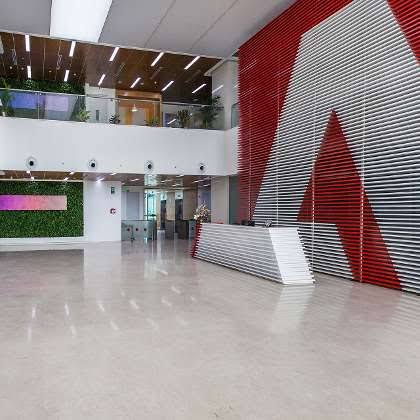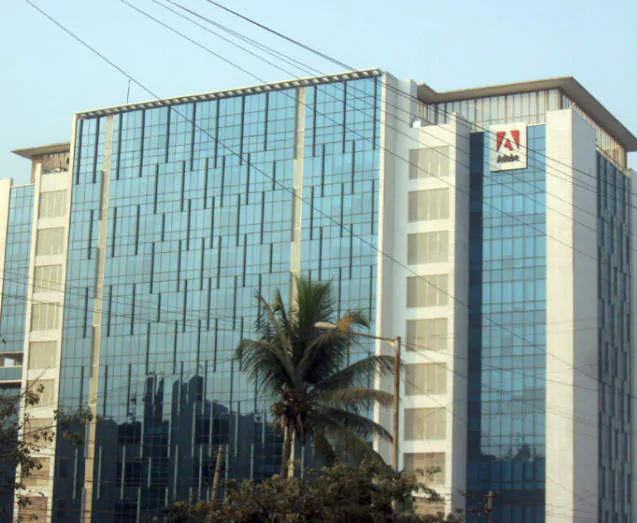Pre-Interview:
At the start of the internship season, my interests were in either a
core EE internship or something related to ML. I especially liked
the courses in Core covering digital systems, probability, and
signal processing. For ML, I had taken the DS minor and some online
courses. Some of the courses in the minor I really liked were DS203
and CS747. In preparation for the internship season, I revised basic
ML theory from DS 203 and the internet and reviewed the notes/slides
of EE204 and EE224. A significant obstacle I faced was the
incompleteness of the content covered in EE224. I covered some
content from Digital Design by M. Morris Mano for sequential
circuits, flip-flops, counters, and timing analysis.

The internship season:
I applied for Day 1 software and quant companies but got rejected,
primarily due to the high competition and partly due to the lack of
preparation on my part. After day 1 ended, I applied for Adobe’s
research profile and Texas Instruments’ analog, digital, and signal
processing profiles. I got selected in Texas Instruments’ analog
profile based on the interview in which I was asked questions about
the output of an RLC circuit for a given waveform and some questions
about the characteristics of a BJT transistor.
The selection process for Adobe was 1 Software test of 2 hours, followed by a 30 min interview a few days later. From my resume, I was asked surface-level questions about the projects I had done and the DS minor I was pursuing, apart from basic DSA-based questions, which were asked in the test and the interview. One of the two DSA questions asked was a simple sorting question, but it had to be coded live in a language of my choice. The other question was significantly harder, and I could only answer it partially.
Since both the selections were within 24 hours of each other, I was
allowed to choose. I ended up choosing Adobe based on reviews from
seniors and my interest.

The Internship:
Due to Adobe’s uniform policy for interns globally, the internships
were declared work from home in early 2021. The internship was for 9
weeks, starting in early May. We got laptops delivered to our
hostels. We worked in a team of 4 under 3 mentors. Interaction
outside the team was limited due to the online internship, but this
would be better in an offline mode. The teams and broad topics for
the internship had already been allotted when we started, but we
were free to discuss and reach a final problem statement in the
domain. The internship was divided into three phases, each of about
3 weeks -
- Problem statement formulation: Review papers and articles in the field to better understand.
- Solution design: Coming up with a rough plan to solve the problem.
- Solution implementation: Implementing the solution in code.
The work culture at Adobe was great, and the mentors were quite helpful. There were no fixed working hours, so we could work at our convenience and share updates in the daily meetings.